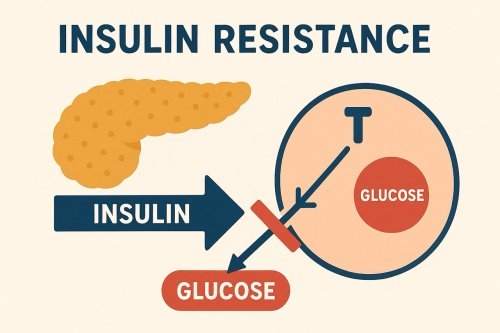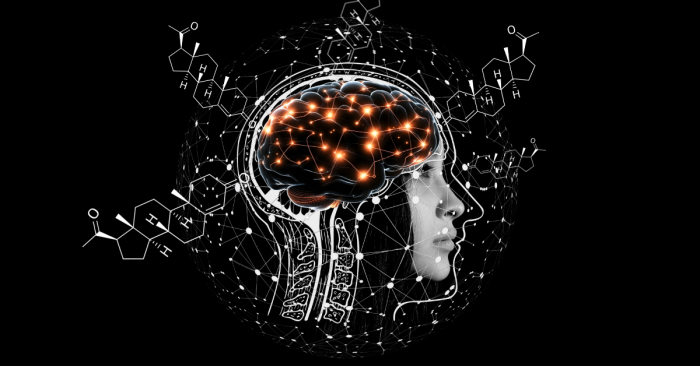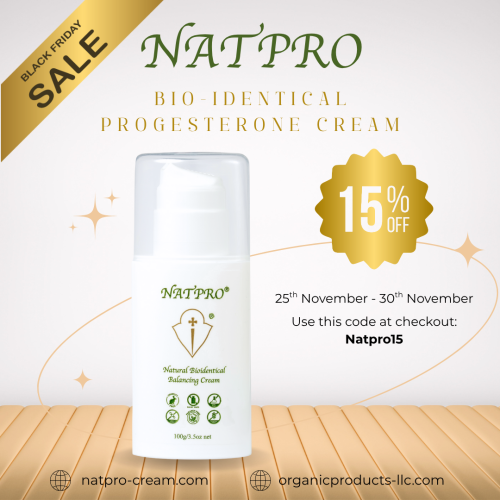Period pains
The link between progesterone and period pains is established by much anecdotal evidence. Also known as dysmenorrhea, these pains used to be regarded as psychological or 'all in the mind' because no physical or hormonal cause could be found. The pain is very real and is now acknowledged to be an imbalance of hormones. Endometriosis also causes pain at menstruation.
When considering the relationship of progesterone and period pains bear in mind there are two kinds of such pain...
- cramps occurring on the first day of menstruation which are similar to labour pains and may be so severe that the sufferer is doubled up. This type of pain generally starts 2 years or so after the first period when ovulation begins and is usually gone by the time a women is in her mid twenties. It always disappears after a full term. It has been found that the cells lining the uterus of women suffering this type of pain secrete a high level of prostaglandin F-2-alpha. The normal treatment is to give a prostaglandin inhibitor such as mefanamic acid
- a continuous ache in the lower abdomen starting at the first period and, in some cases, continuing until menopause. The pain starts 1 to 2 weeks before menstruation, increases in severity until bleeding starts and then eases
Ovulation pain which occurs in the middle of the month is a mild cramping on one or other side of the abdomen. It is thought that it is caused by the contractions of the Fallopian tube as the egg makes its way down to the uterus. Sometimes this is associated with a slight vaginal discharge or bleeding.
The problem has been overcome in many cases by the supplemental use of progesterone. This is best administered as a skin cream. Many women have found relief within 20 minutes after rubbing the cream onto their tummys. As omega 3 essential fatty acid is extremely effective at inhibiting prostaglandins - 15 to 75ml/day should also be taken.
To find out more about progesterone therapy in general and how it benefits health issues other than period pains, please click here.
 Feeling tired, foggy, or struggling with stubborn weight gain—especially around the waist? You might be surprised to learn that these symptoms could be linked to insulin resistance, a condition that a…
Feeling tired, foggy, or struggling with stubborn weight gain—especially around the waist? You might be surprised to learn that these symptoms could be linked to insulin resistance, a condition that a… Are you struggling with irregular cycles, unwanted hair growth, or unexplained fatigue? You’re not alone. Polycystic Ovarian Syndrome (PCOS) affects up to 10% of women of reproductive age—and many mor…
Are you struggling with irregular cycles, unwanted hair growth, or unexplained fatigue? You’re not alone. Polycystic Ovarian Syndrome (PCOS) affects up to 10% of women of reproductive age—and many mor… While progesterone is often discussed in relation to reproductive health, emerging research reveals its remarkable role in supporting brain function and protecting against neurological decline. Proges…
While progesterone is often discussed in relation to reproductive health, emerging research reveals its remarkable role in supporting brain function and protecting against neurological decline. Proges… Incase you missed it!
Today is the last day for you to claim 15% off our Natpro 100ml Dispensers. The sale ends at midnight tonight.
How to Claim Your 15% Discount:
•Shop at
Incase you missed it!
Today is the last day for you to claim 15% off our Natpro 100ml Dispensers. The sale ends at midnight tonight.
How to Claim Your 15% Discount:
•Shop at